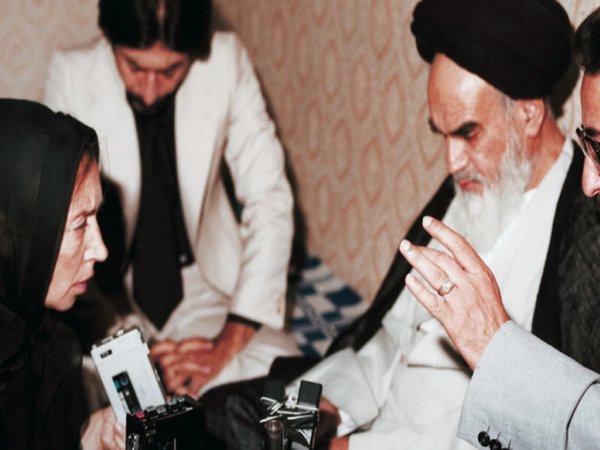Melbourne International Coffee Expo (MICE) has announced that it will host the World Barista Championships and the World Brewers Cup as part of the expo at the Royal Melbourne Showgrounds in May 2013.
The winning bid stumped even the entrants and their surprise was still evident as they announced their win at Cofffeehead, Camberwell.
‘A lot of people said it was a pipe dream,’ said a grinning Clint Hendry, MICE Show Director. ‘We know this is our chance to show the world what the country’s coffee scene is all about.’

So what is it all about? Is it about single origin, geisha blends, infusions, flavour morphing and tasting? Is it about following roasters and baristas to their places of employ (cafés now have ‘Directors of Coffee’)? Or is it about simply keeping the social wheels of the city oiled?
The scene has exploded in the past few years. South Melbourne warehouse eatery and roastery St Ali is seen as the pioneer of changing the way coffee is presented to customers since opening in 2005. A string of groundbreaking cafés have followed suit, offering single origin coffee and new brewing methods.
Courses are offered in how to start a café and The Age now publishes a Good Café Guide. Almost every large coffee company offers barista training. Coffee is big and a genuine asset to the Melbourne culinary lexicon.
It’s not hard to see Melbourne has an obsession with coffee. Coffee grains have settled in its nooks; the city has cafés in libraries, in sports change rooms and even under the stairs of an office block. It’s the places that we meet to do business, catch up and have a good old vent.
This obsession has bemused visitors; ‘What all people in Melbourne seem to do is sit around cafés drinking coffee’, I overheard while in line for a take away in Spencer St.
Indeed, the obsession has started to bemuse locals. The sight of rockstar clad baristas staring intently at a bunsen burner and sweeping grinds into a beaker is more and more prevalent in the inner city. Cafés are the new nightclubs, complete with door-lists and lines of diners waiting an hour to take a seat.
The coffee revolution has taken place and ordering a skinny flat white feels a lot more daggy than it should. Indeed, we’ve all been burned by ‘baristatude’. A colleague told me that the owner of a (now defunct) coffee house once told her that she was wrong for ordering a coffee with milk and refused to sell her a take away cup.
Scottie Callahan, writing for Beanscene has given this attitude a dressing down. ‘The truth is as customers do not want you as a barista to make them your coffee, they want you to make them their coffee.’
Certainly other industry sources suggest that the coffee obsession is moving forward at the expense of quality service. While the gadgetry and new methods are emerging, many people simply want their coffee promptly served from friendly staff.
‘Yeah, 99% of customers are pretty cool. Occasionally someone can be having a bad day,’ says James Yeoman, an upbeat barista at Proud Mary. ‘I find that the lovers of coffee and the bean are incredibly polite and lovely, but I understand that some people just want their daily cup.’
‘Hopefully we as baristas can look after those people by giving them what they want quickly and maybe give them something really awesome as well.’
Pumping out up to 900 coffees a day is a mighty operation for James and the team of talented baristas at Proud Mary that continue to push the boundaries of coffee appreciation.
‘Every day we are getting better at it but we don’t make any compromises on our quality and service. It’s a constant battle.’
When asked about the scene of baristas and competitions. James explains that there are many that like to compete in events that MICE will host next year. ‘You have to hold yourself in a certain way and really perform. Some of the staff I work with are really good and practice hard for it. I don’t really think it’s for me but I can definitely appreciate it.’
While these coffee competitions seem to be hard to understand for the outsider, James feels that they are important to driving the coffee scene forward. ‘Yeah, they do help. I enjoy seeing my friends perform and the competitions provide an opportunity for baristas to really investigate something that they love. There’s no doubt that work means a better product for the customer.’
The coffee game has changed; rock and roll baristas with an attitude to match are (hopefully) on the way out. Baristas obsession with their product does drive the standard of coffee up, but it appears that the cutting edge of the coffee scene is starting to remind itself that service is still a key and essential ingredient in the perfect cup.
Coffee 101: A guide for the Mugachino drinker
Cold Press: An extended method of pouring cold or room temperature water over beans. This means a sweeter, less acidic brew.
French Press: Method of brewing in the pot with a plunger.
Espresso: The familiar method to many Melburnians. High pressure water forced through finely ground beans.
Cupping: The method by which baristas identify the characteristics of coffee beans from certain regions. Essentially tasting different coffee by comparing different beans and grinds.
Pour Over: Brewing method that relies on a filter of coffee and hot water poured directly through the filter into the cup.
Siphon: Process of brewing coffee through a glass beaker. Steam is forced into the top coffee chamber and then flows to the bottom chamber once it cools after heat is removed.
Dan Toomey is a staff writer at upstart and Master of Global Communications student at La Trobe University. You can follow him on Twitter: @dan_tooms






